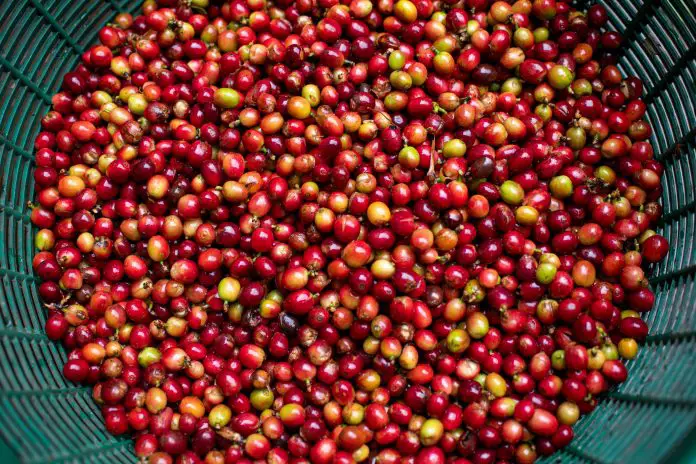Key Takeaways
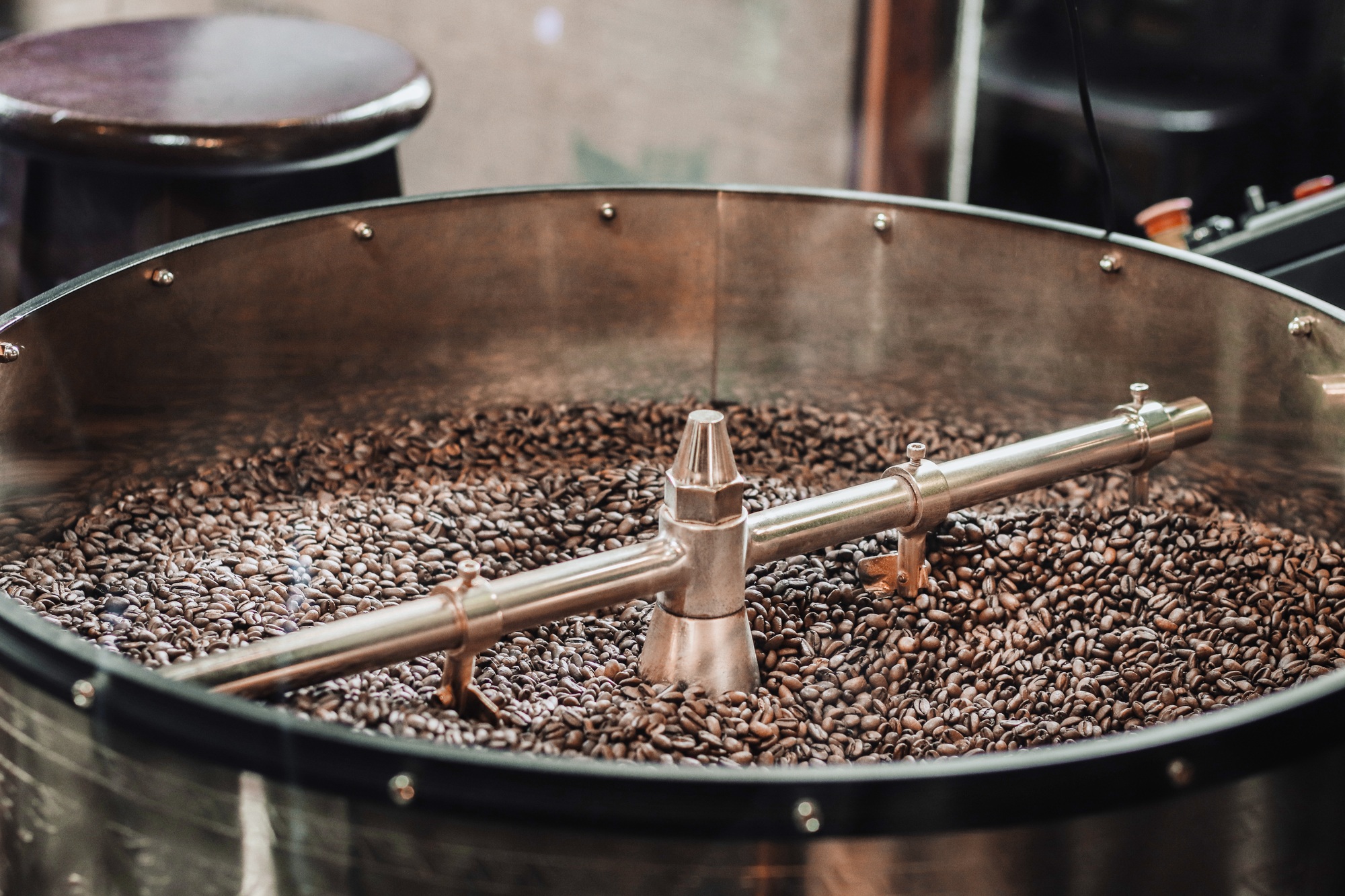
- Conduct Thorough Market Research: Understand local coffee preferences, identify your target audience, and analyze competitor offerings to carve out your niche in the market.
- Create a Comprehensive Business Plan: Outline your vision, business structure, marketing strategies, financial projections, and set both short-term and long-term goals.
- Choose an Optimal Location: Select a site with high foot traffic, considering proximity to suppliers and customers while adhering to zoning regulations.
- Obtain Necessary Licenses and Permits: Ensure compliance with local laws by acquiring the right licenses for food handling, business operations, and sales tax.
- Source High-Quality Coffee Beans: Build relationships with reputable suppliers to provide unique, ethically sourced coffee offerings that meet consumer demands.
- Develop an Effective Marketing Strategy: Utilize social media and collaborations with local businesses to showcase your coffee, engage your audience, and establish a strong brand identity.
If you’ve ever dreamed of turning your passion for coffee into a thriving business, starting a coffee roasting venture could be your perfect path. With the coffee industry booming and consumers increasingly seeking unique flavors and high-quality brews, now’s an exciting time to jump in.
How to Start a Coffee Roasting Business

Establishing a coffee roasting business requires strategic planning and execution. Follow these steps to ensure a successful launch.
- Conduct Market Research
Analyze local coffee preferences. Identify target customers by surveying peer groups. Understand competitor offerings and pricing structures.
- Develop a Business Plan
Craft a comprehensive plan detailing your vision. Include business structure, marketing strategies, and financial projections. Set clear short-term and long-term goals.
- Choose Prime Location
Select a location with high foot traffic. Evaluate proximity to suppliers and customers. Consider lease terms and zoning regulations.
- Obtain Necessary Licenses
Research state and local licensing requirements. Acquire permits for food handling, business operations, and sales tax.
- Source Quality Coffee Beans
Identify reputable suppliers for high-quality green coffee beans. Establish relationships with local farms or global importers to secure unique offerings.
- Invest in Equipment
Purchase essential roasting equipment. Select a roaster based on capacity and functionality. Include scales, grinders, and packaging tools in your inventory.
- Create Quality Control Measures
Establish procedures for cupping and blending. Monitor roast profiles for consistency. Adjust techniques based on customer feedback to enhance quality.
- Develop a Marketing Strategy
Utilize social media platforms to build your brand. Design engaging content showcasing your coffee’s unique qualities. Collaborate with local cafes or markets for tastings.
- Launch Your Business
Host a grand opening to create excitement. Offer promotions or samples to encourage customer trials. Collect feedback to adapt your offerings.
- Monitor Performance
Measure sales metrics regularly. Analyze customer preferences and adjust your product line accordingly. Stay updated on industry trends to remain competitive.
Understanding the Coffee Industry

Understanding the coffee industry provides essential insights that help you navigate the coffee roasting business effectively.
Overview of Coffee Roasting
Coffee roasting transforms raw green coffee beans into the aromatic, flavorful coffee you encounter daily. Roasting involves precise temperature control and timing, fundamentally influencing taste and quality. Various roasting methods exist. Each method, such as traditional drum roasting and modern fluid bed roasting, impacts flavor profiles differently. Developing expertise in these techniques enables you to offer unique blends that appeal to diverse consumer preferences.
Market Trends and Demand
The coffee market is robust, with expectations to reach USD 138.37 billion by 2025. The coffee roaster market specifically is on track to reach USD 2.52 billion by 2025, growing at a CAGR of 5.94%. This growth reflects increasing consumer trends favoring artisanal and specialty coffee products. Sustainability and ethical sourcing have gained prominence, with consumers seeking environmentally conscious products. You can capitalize on these trends by incorporating organic cultivation and fair trade principles into your business strategy, meeting the demands of a conscious consumer base.
Business Planning

Business planning serves as a foundation for your coffee roasting venture. You create a roadmap that outlines every essential aspect required for success.
Developing a Business Plan
A solid business plan details your coffee roasting enterprise. Include critical components for clarity and direction:
- Executive Summary: Draft a concise overview of your business, summarizing your goals, target market, and unique value proposition. This section requires completion last, ensuring you capture all vital elements accurately.
- Company Description: Detail your business structure, mission, and vision. This section expands on strategies and projections mentioned in the executive summary, illustrating your unique market position.
- Concept and Products: Define the concepts behind your coffee roasting business. Specify types of roasts offered, subscription services you plan to implement, and any additional products that enhance customer choice.
Setting Goals and Objectives
Setting clear goals and objectives propels your business forward. Consider the following aspects:
- Specific Goals: Establish specific objectives that outline measurable outcomes. Clear milestones guide your business operations and manifest expectations.
- Realistic Timeframes: Assign timelines to each goal, creating a sense of urgency. This strategy enables you to track progress and make timely adjustments as necessary.
- Adaptability: Maintain flexibility within your goals. Adjusting objectives based on market feedback or operational performance ensures ongoing relevance in the competitive coffee roasting industry.
Legal Requirements

Establishing a coffee roasting business involves navigating several legal requirements. Ensure compliance with local laws to operate successfully.
Choosing a Business Structure
Select a legal business entity to define your operational framework. Options include proprietorship, partnership, corporation, or Limited Liability Company (LLC). This choice affects personal liability and tax obligations. Comparing the pros and cons of each structure ensures informed decision-making for your small business.
Licensing and Permits
Obtain necessary licenses and permits for your coffee roasting operation. Register your business name with your state according to the type of entity selected. Acquire an Employer Identification Number (EIN) from the IRS, essential for hiring staff and managing taxes; this process is straightforward and free. Register for state and federal taxes as well. If applicable, obtain a sales tax permit to facilitate the collection and remittance of sales tax. Meeting these requirements verifies your commitment to a legally compliant small business.
Materials and Equipment

Starting a coffee roasting business requires specific materials and equipment to ensure optimal roasting and effective branding. Here are the essential components.
Essential Equipment for Coffee Roasting
Invest in a high-quality coffee roaster to kickstart your small business. Options range from $20,000 to $150,000, with a 5 kg capacity classic drum roaster suitable for small operations. Ensure compatibility with helpful roasting software for precise control.
Acquire temperature gauges and digital scales to maintain precise temperature control and accurate measurements. A reliable bag sealer, preferably automatic, is critical to seal the roasted coffee and include the roasting date. For home or small-scale roasting, consider alternatives like heavy-duty pans or skillets (cast iron), woks, and ceramic handheld coffee roasters.
Sourcing Quality Green Coffee Beans
Source quality green coffee beans from reputable suppliers. Choose beans based on flavor profiles and sourcing practices, considering organic cultivation and fair trade principles to cater to conscious consumers. Establish relationships with suppliers offering consistent quality to enhance your product line.
Packaging and Branding Materials
Select effective Packaging and Branding Materials to distinguish your small business. Use attractive bags that preserve freshness and reflect your brand identity, including clear labeling with brand information. Consider incorporating unique design elements that capture your target audience’s attention.
Setting Up Your Roasting Space

Setting up your roasting space requires careful planning and organization. Focus on key aspects such as selecting a location, designing the layout, and ensuring compliance with health and safety regulations.
Selecting a Location
Select a location that aligns with your business model. Choose to operate from your home if local laws permit, ensuring it meets state-specific health and safety criteria. Alternatively, consider renting or purchasing a commercial space, which involves a down payment of around 15-20%. Evaluate foot traffic, accessibility, and proximity to suppliers and customers to enhance business opportunities.
Designing the Layout
Design a layout that promotes efficiency and safety. Arrange the roasting equipment, packaging stations, and storage areas for easy workflow. Ensure adequate spacing for equipment, allowing for safe movement and compliance with health regulations. Incorporate designated areas for quality control and customer interaction if applicable.
Ensuring Compliance with Health and Safety Regulations
Ensure compliance with local health and safety regulations to operate a successful small business. Obtain necessary licenses and permits, which may include health department clearance, zoning approvals, and food handling certifications. Maintain sanitary conditions in the roasting space by adhering to guidelines for food safety and equipment maintenance. Regularly conduct safety inspections and employee training to uphold compliance standards.
Roasting Techniques
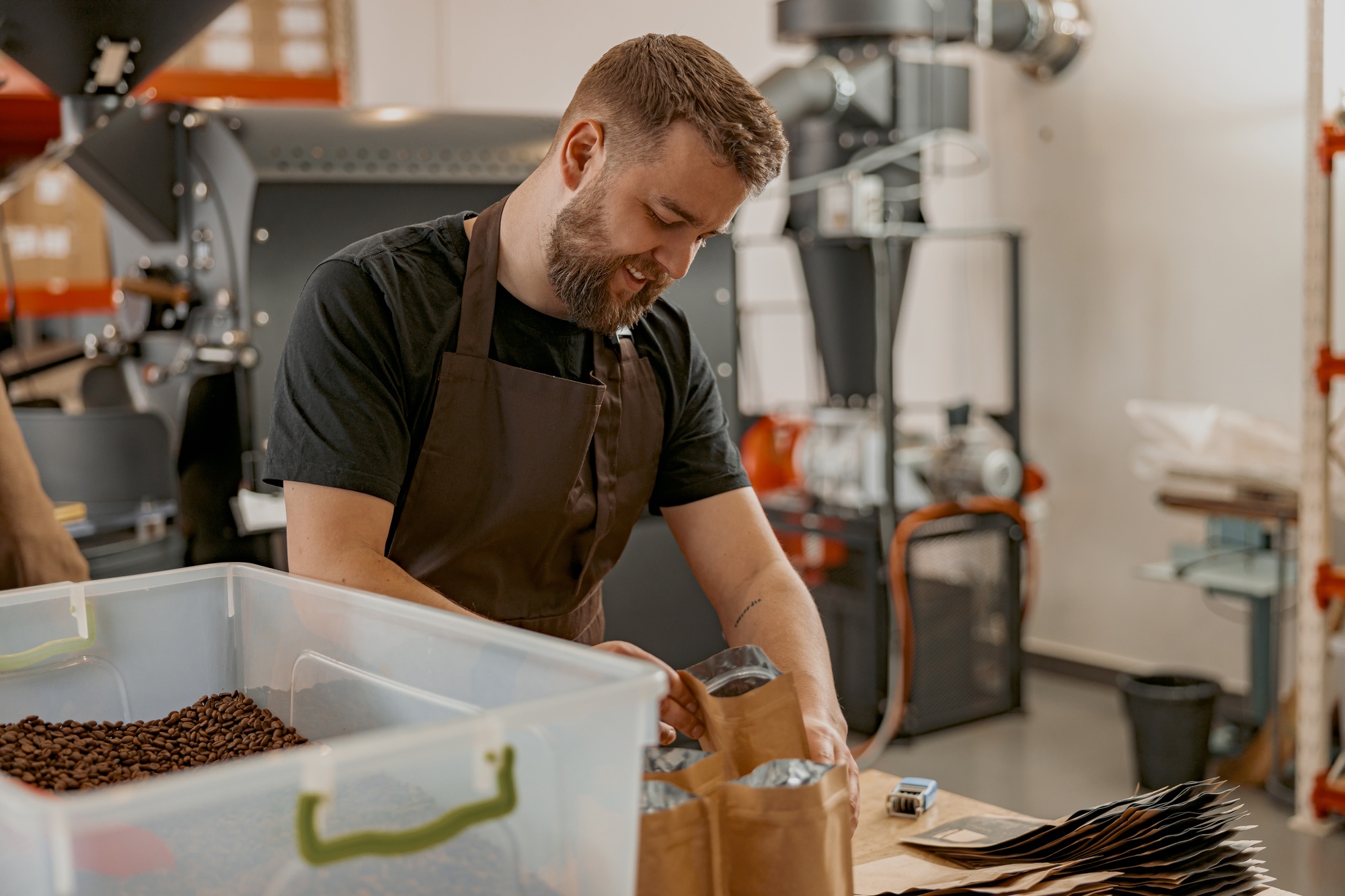
Roasting techniques are crucial in creating unique coffee flavors and establishing your small business. Understanding different methods and incorporating best practices ensures consistent results and high-quality products.
Different Roasting Methods
- Drum Roasting: This method uses a rotating drum over a heat source. Drum roasting ensures even heat distribution, leading to consistent roast results and a wide flavor range from light to dark. This is prevalent in commercial operations.
- Open-Fire Roasting: This method directly roasts coffee beans over an open flame. It requires skilled techniques for careful monitoring to achieve desired roast levels and flavor profiles. The type of fuel and fire intensity impacts the results significantly.
Best Practices for Consistent Roasting
- Control Temperature: Regularly check and adjust the temperature throughout the roasting process to maintain uniformity.
- Use Quality Equipment: Invest in reliable coffee roasting machines that provide precise control over time and temperature.
- Monitor Roast Profiles: Develop and document specific roast profiles for various beans to ensure consistency across batches.
- Conduct Regular Maintenance: Maintain roasting equipment to prevent malfunctions that can lead to inconsistent quality.
Tasting and Quality Control
- Conduct Regular Cupping: Perform tasting sessions on each roasted batch to evaluate flavor profiles. This helps identify inconsistencies and areas for improvement.
- Establish Quality Metrics: Define specific parameters for evaluating roast quality, such as aroma, acidity, and aftertaste.
- Implement Feedback Loops: Gather customer feedback on flavors and preferences. Use this data to adapt your roasting techniques and product offerings for better alignment with market demands.
Marketing Your Coffee Roasting Business

Effective marketing directly influences your coffee roasting business’s success. Implement core strategies that enhance your brand and connect with consumers.
Building Your Brand Identity
Establish a strong brand identity that distinguishes your small business in the coffee market. Define a clear vision, mission, and values that resonate with consumers. Highlight unique aspects of your coffee roasting process, such as sustainable sourcing or specific techniques. Create a visual identity featuring a memorable logo, consistent brand colors, and cohesive designs across packaging, website, and social media.
Creating a Website and Online Presence
Develop a professional website that showcases your brand and products. Register a domain name matching your business name and invest in reliable web hosting. Use your website to educate customers about your coffee roasting process, sell products online, and share your story. Include engaging content such as blogs or videos about your roasting techniques. Optimize your website for search engines to attract more visitors.
Engaging with Your Target Audience
Engage actively with your target audience across multiple channels. Utilize social media platforms such as Instagram and Facebook to showcase your coffee, share new products, and interact with customers. Organize local events or cupping sessions to connect with your community and gather feedback. Encourage customers to share their experiences and reviews to build trust and credibility.
Selling Your Coffee

Selling coffee requires strategic planning across various dimensions, including identifying distribution channels, setting prices, and managing inventory.
Identifying Distribution Channels
Identify multiple distribution channels for your coffee products. You can sell directly through an online coffee store to reach wider audiences. Utilize social media platforms to promote your offerings. Collaborate with local cafes and retail stores to secure shelf space for your products. Participating in farmers’ markets and food festivals also allows for personal engagement with customers, enhancing brand visibility.
Setting Prices
Set competitive prices that reflect product quality and market demand. Research pricing strategies employed by similar businesses to ensure market alignment. Consider costs including sourcing, roasting, packaging, and distribution when determining your prices. Implement tiered pricing for different grades of coffee or specialty blends to cater to diverse customer preferences.
Managing Inventory
Manage inventory efficiently to maintain fresh supply and minimize waste. Track stock levels using inventory management software to facilitate timely reordering. Rotate your coffee stock to ensure older batches are sold first, maintaining freshness for consumers. Additionally, conduct regular inventory audits to assess product performance and identify slow-moving items for promotional opportunities.
Troubleshooting Common Issues
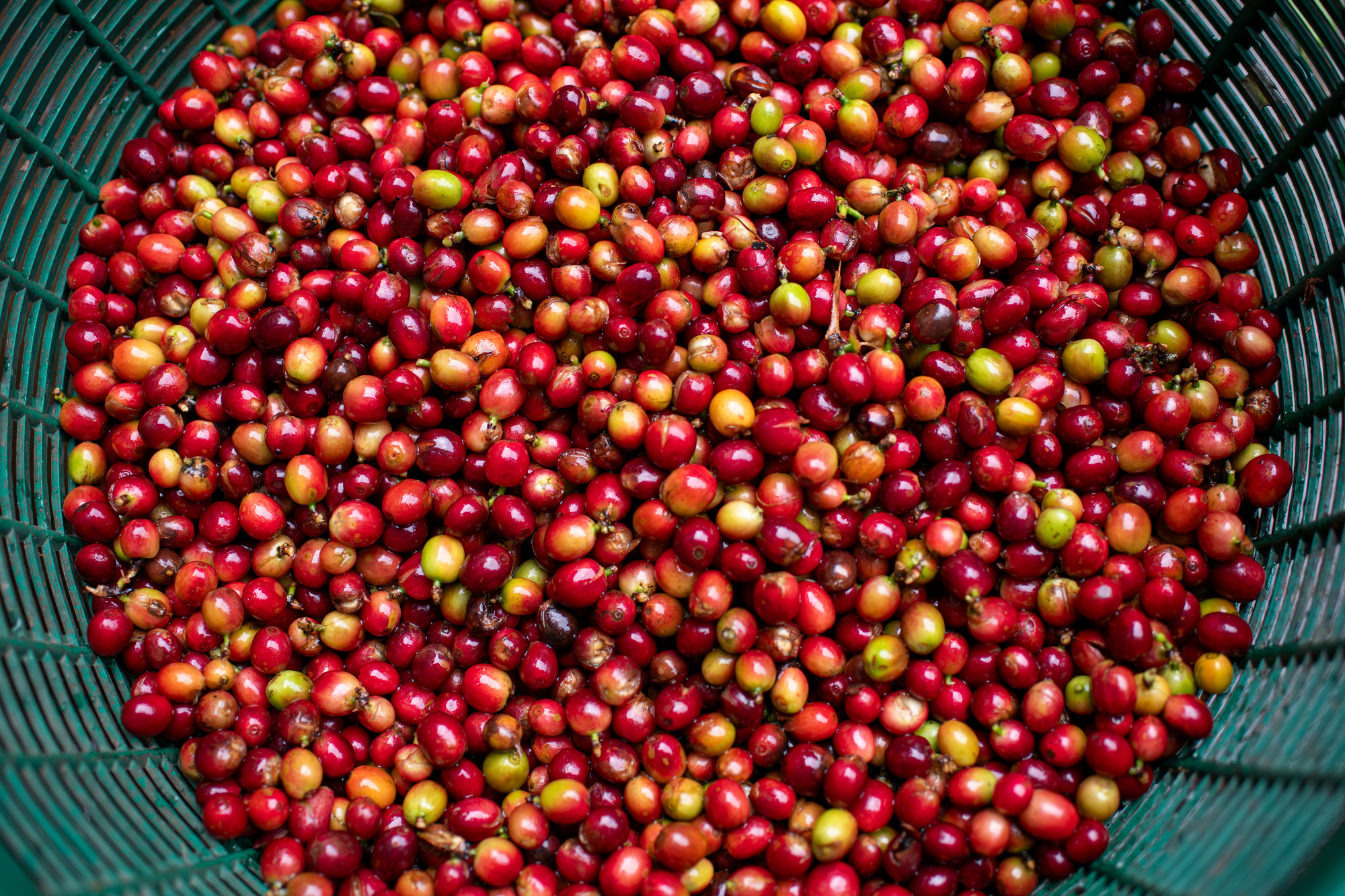
Addressing common issues in coffee roasting enhances your small business’s quality and consistency. Below are potential problems and their solutions.
Burnt or Over-Roasted Coffee
Burnt coffee results from excessive roasting time or high temperatures. Monitor the roasting time closely to prevent this issue. Set precise temperature controls and maintain even heat distribution throughout the roasting process. Use a reliable timer to eliminate guesswork. Adjust heat levels based on the roast profile you aim to achieve. This practice maintains the flavor integrity of your coffee.
Inconsistent Roasting Results
Inconsistent results may stem from variable factors such as temperature fluctuations or uneven bean sizes. Regularly calibrate your coffee roaster for optimal performance. Inspect equipment and ensure proper maintenance to avoid mechanical issues. Sort coffee beans by size to achieve uniform roasting. Utilize a digital scale to measure green beans accurately for each batch. Conduct frequent cupping sessions to refine your roasting technique and identify any discrepancies in flavor profiles.
Sourcing Problems with Beans
Sourcing challenges can arise from unreliable suppliers or inconsistent bean quality. Build relationships with reputable coffee bean suppliers who prioritize quality and ethical sourcing. Diversify your source of beans to include multiple suppliers, mitigating risks associated with relying on a single source. Regularly communicate with suppliers about your quality standards and preferences. Consider attending coffee trade shows to discover new suppliers and enhance networking opportunities. This strategy supports your small business by ensuring a steady supply of quality beans.
Conclusion

Starting a coffee roasting business is an exciting journey that combines passion with entrepreneurship. By following the essential steps outlined in this guide you can position yourself for success in a booming industry.
Focus on understanding your market and sourcing quality beans while maintaining high standards in your roasting process. Don’t underestimate the power of branding and marketing as they’ll help you connect with your audience and build a loyal customer base.
Stay adaptable and responsive to trends and customer feedback. With dedication and a solid plan you can turn your love for coffee into a thriving business that stands out in the competitive landscape.
Frequently Asked Questions
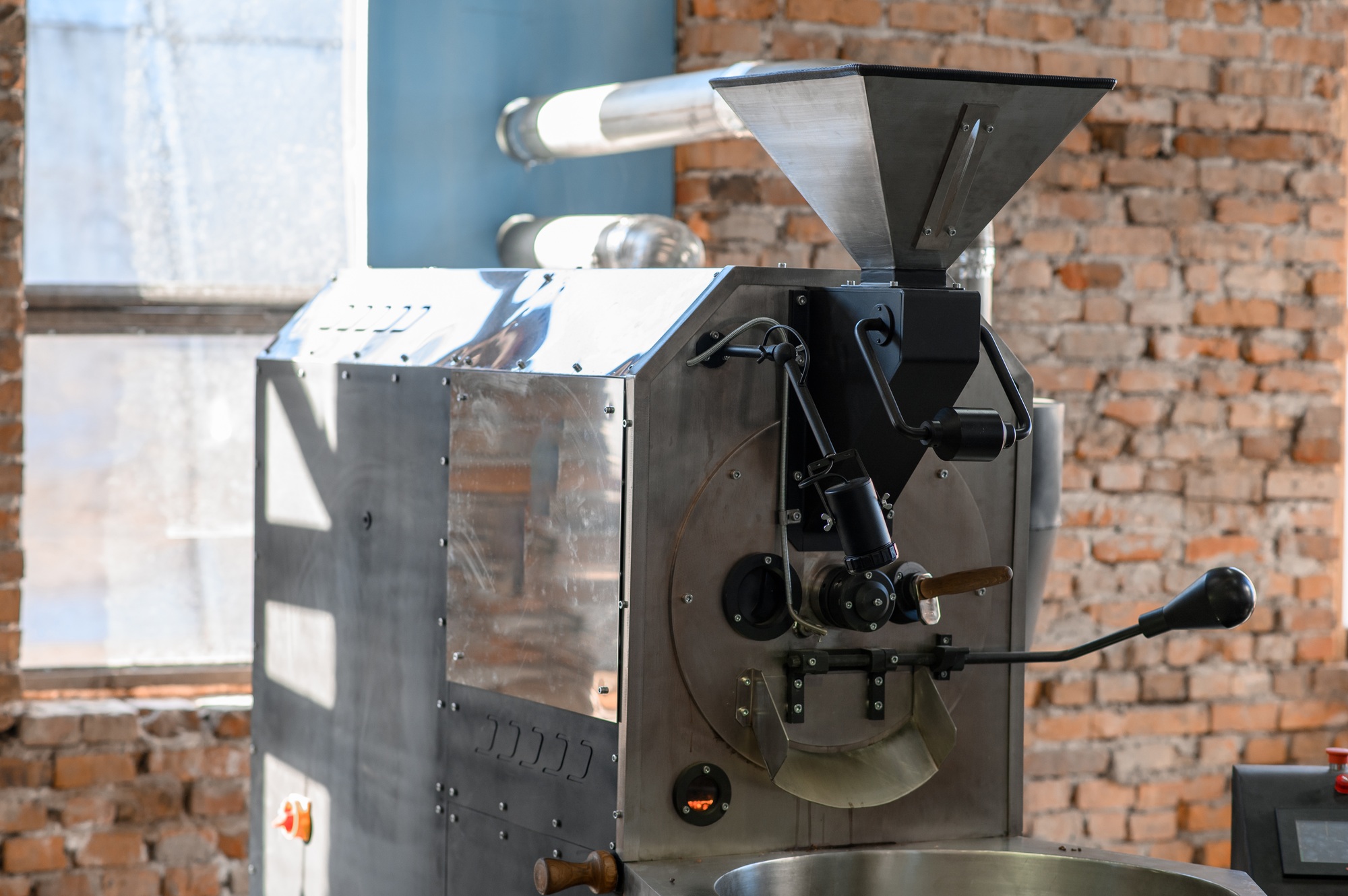
What are the key steps to start a coffee roasting business?
To start a coffee roasting business, conduct market research to understand local preferences, create a comprehensive business plan, choose a prime location, and obtain necessary licenses. Source quality coffee beans and invest in roasting equipment while implementing quality control measures. Develop a marketing strategy to launch your business effectively and monitor performance.
How important is market research in the coffee roasting business?
Market research is crucial as it helps you understand local consumer preferences, identify competitors, and uncover market trends. This information is essential for making informed decisions about product offerings and business strategies to capture your target audience’s interest.
What equipment is necessary for roasting coffee?
Essential equipment for a coffee roasting business includes a high-quality coffee roaster, temperature gauges, digital scales, and reliable bag sealers. This equipment is critical for maintaining product quality and consistency throughout the roasting process.
How can I ensure quality control in my coffee roasting business?
Implement a quality control system that includes regular cupping sessions to evaluate flavor profiles, establish quality metrics, and gather customer feedback. Monitoring roasting times and temperatures is vital for achieving consistent results.
What legal requirements do I need to consider?
Legal requirements include selecting a business structure (e.g., LLC or partnership), registering your business name, obtaining an Employer Identification Number (EIN), and acquiring necessary licenses and permits. Compliance with local, state, and federal regulations is essential for smooth operations.
How should I market my coffee roasting business?
Develop a strong brand identity, create a professional website, and engage with customers through social media. Collaborate with local cafes and participate in community events to increase visibility and build relationships with your target audience.
What are some common problems in coffee roasting?
Common issues include burnt or over-roasted coffee and inconsistent roasting results. Monitoring roasting times and temperatures, calibrating equipment regularly, and building solid relationships with reputable suppliers can help address these problems and enhance product quality.
How can I effectively manage inventory in my coffee roasting business?
Use multiple distribution channels, such as online sales and local cafes, to enhance visibility. Set competitive prices that reflect quality, and conduct regular inventory audits to maintain freshness and minimize waste. Tracking stock levels ensures optimal performance and customer satisfaction.
What roasting methods should I consider?
Consider various roasting methods such as drum roasting for even heat distribution and open-fire roasting for unique flavors. Each method affects flavor profiles, so choose the ones that align with your brand vision and customer preferences.
What trends are shaping the coffee roasting industry?
The coffee industry is seeing a shift towards artisanal and specialty coffee products, with consumers increasingly demanding high-quality, ethical, and sustainable options. This trend reflects a growing awareness of sourcing practices and the desire for unique flavor experiences.
Image Via Envato: wolfhound9111, FabrikaPhoto, APchannel, alvarogonzalez, RK1919, KostiantynVoitenko, eddows_arunothai, LightFieldStudios, Evgenii_Goncharov, Pasanheco, Sonyachny, Sepaolina, shiwork


